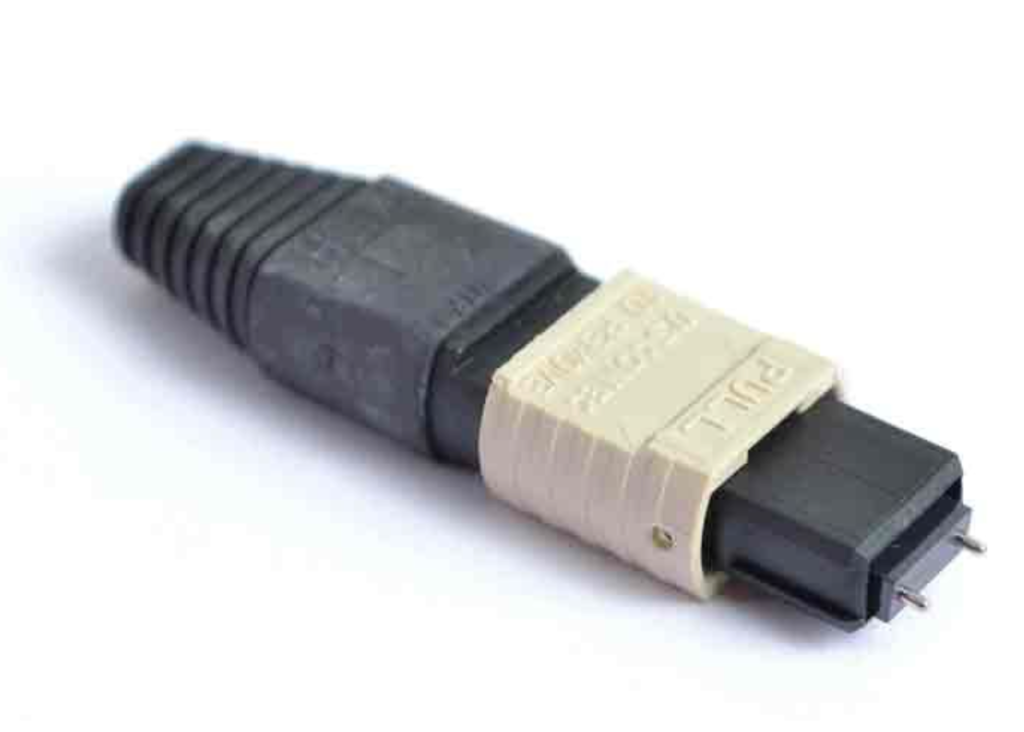In the era of big data, a higher data transmission speed is essential. Current data center networks require better capacity, and an MPO fiber connector is here to perform this task. Thus, the alternative variant goes to an MTP connector that ensures higher performance and reliability. While selecting which type is better to use in data center cablings, it is essential to understand how an MTP MPO fiber connector differs. Keep reading to find out.
An MPO connector at the glance
An MPO cable, or Multi-Fiber Push On, is a kind of cable that has MPO connectors at each end. These fiber connectors tend to ensure multi-fiber connectivity in a single connector. It is needed for higher bandwidth and supporting cabling systems that stand by increased density. MPO fiber connector complies with a few standards, including U.S. TIA-604-5 and IEC 61754-7. For use in data centers, MPO connectors come with 8,12,16, and 24 fibers. High-density solutions require more fibers, like 32, 40, or 60.
An MPT connector at the glance
An MTP connector, or Multi-Fiber Pull Off, has MTP connectors at each end accordingly. Essentially, these kinds of connectors are designed by Us Conec for an improved version of a previous MPO connector variant. This way, MTP connectors can comply with MPO connectors and other related infrastructures. An MTP connector differs from its earlier version by better optical performance and mechanical improvements.
MTP vs. MPO: the difference
1. Reliability
Since the MTP connectors are the improved variant of an MPO connector, it stands for higher reliability. The chance of signal instability is reduced via the unique format in the MTP connector that can connect without issues and eliminate the possibility of accidental bugs. Other improvements in MTP connectors, like redesigned internal components, make them ideal for better stability and consistent performance, apart from reliability.
2. Loss of insertion
While MPO connectors remain a worldwide standard in the network architecture, MTP connectors have become more relevant in terms of the reduced possibility of optical loss and insertion loss. This is an excellent advantage for cabling systems with high-density features. Moreover, the rates of insertion loss are improving permanently, so the MTP connector solution has the potential to become an international standard, like an MPO connector used to be.
3. The structure
Apart from features between MTP vs. MPO connectors, their structures can also differ. For instance, the MTP fibers have a round head in the ends while MPO fibers stand by the right-angled ends of the cable. This can influence the serviceability of both connectors since the shape of MTP connectors allows them to couple better with female connectors and keep them alive longer, too.
4. Removable housing
A removable housing is characteristic for MTP connectors. It allows the easier transition from female to make connectors and conversely. Besides, a removable housing enables users to re-polish or re-work the ferrule if needed.
